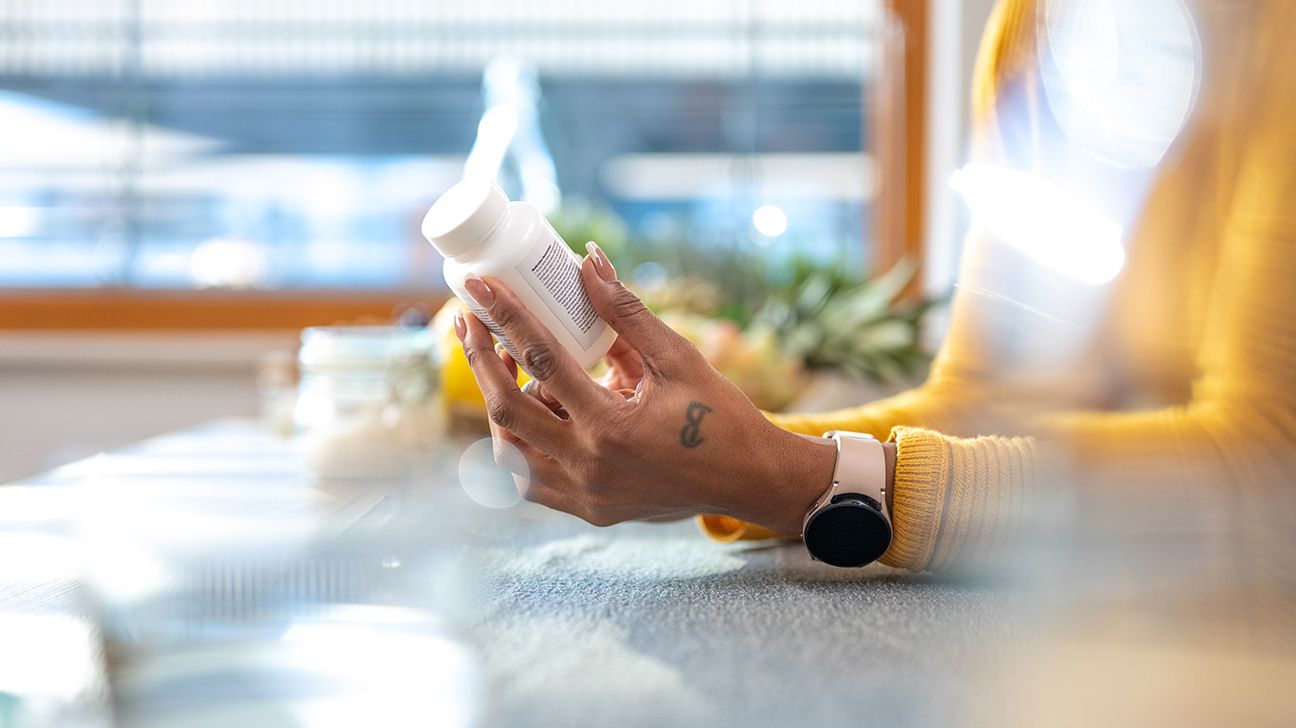What do you do with medication that’s old, unused, or expired? Learn about options developed by the Drug Enforcement Administration (DEA) to help remove some dangers of unwanted medication.
Most of us have old, unused, or expired medication somewhere, such as in a medicine cabinet, cupboard, drawer, refrigerator, purse, car, or travel bag. Keeping this medication can pose a danger to children, other adults, and pets. It’s important to remove this potential danger.
The Environmental Protection Agency notes that medications can enter the environment in several ways — some now, some years later. It can enter the environment through:
- human waste (into wastewater)
- landfill leaching, through which medication in waste products can enter the surrounding soil
- flushing unused, expired, or old medication down the toilet
- municipal wastewater and sewage treatment plants
- septic systems (individual household wastewater systems in areas where a municipal system isn’t available)
To help tackle both problems, the DEA has developed
You can also check your local government regulations for information on the safe disposal of unwanted medication.
The DEA
Remember to remove personal information from containers and packaging before disposal.

1. Use a drug take-back event or location
Dropping off the medication at a
You can find drug take-back locations where you can dispose of medication (including controlled substances) in your local area at any time. You can usually find these at various retail sites, pharmacies, hospitals, and law enforcement agencies.
2. Mail your unused or expired medication
You can use a prepaid
You may be able to obtain these envelopes free at some pharmacies. You also can purchase them at some retail pharmacies or online.
3. Check the flush list
The Food and Drug Administration (FDA)
If your medication is on this list, you may dispose of it by flushing it. But if your medication is not on the list, you should dispose of it using another method recommended by the DEA.
This option is encouraged only in situations when a take-back option is not available.
4. Dispose of in household trash
If a take-back option isn’t available, you may be able to dispose of unwanted medication in your household trash. First, verify whether the medication is on the flush list for disposal. (And if it is, dispose of it by flushing it.)
If the medication is not on the flush list, then follow these steps:
- Remove the drug from its original container.
- Mix it with something less appealing to children and pets. Some examples are dirt, cat litter, and used coffee grounds.
- Place the mixture in a closed container, such as a zipper storage bag or a can with a lid.
- Put the container in the household trash.
Certain types of medication and supplies need to be discarded with extra care. Continue reading to learn about them.
Fentanyl patches and other opioids
If the medication is not on the FDA flush list, you should dispose of the unwanted medication promptly. The safest way to dispose of it is to drop it at a take-back location right away.
Inhalers
Sharps
Sharps include needles, syringes, lancets, and similar items. See the information from the FDA on
Sprays and lozenges
For
Many medications are toxic and can pose a danger to others. Correctly disposing of medications that are old, unused, or expired helps keep children, other adults, pets, and the environment safe by limiting their exposure to these medications.
It can be dangerous to throw medications in the trash. Instead, choose from the safe, convenient options developed by the DEA to dispose of unwanted medications. You can also check your local government regulations for additional information on safe disposal.
Disposing of medication correctly helps keep other people and the environment safer.




